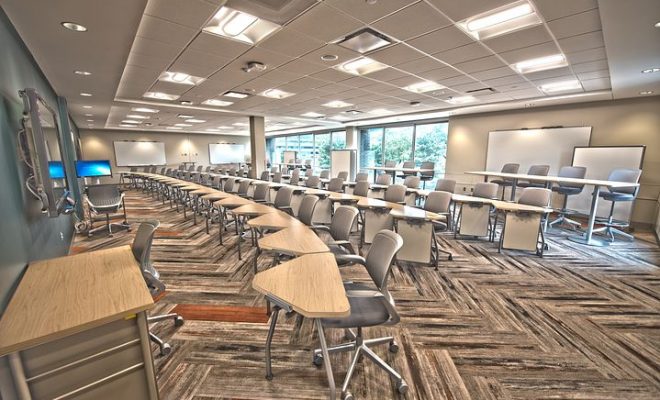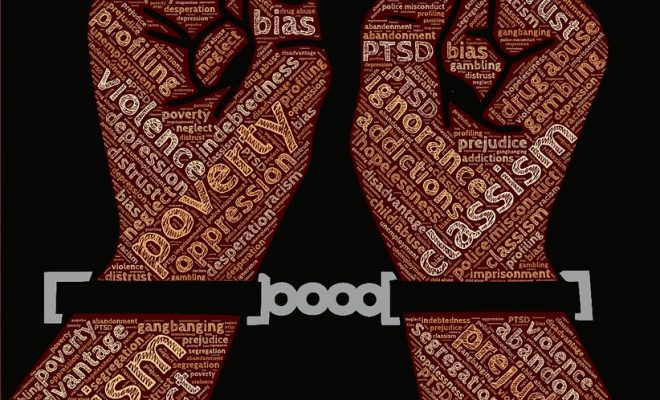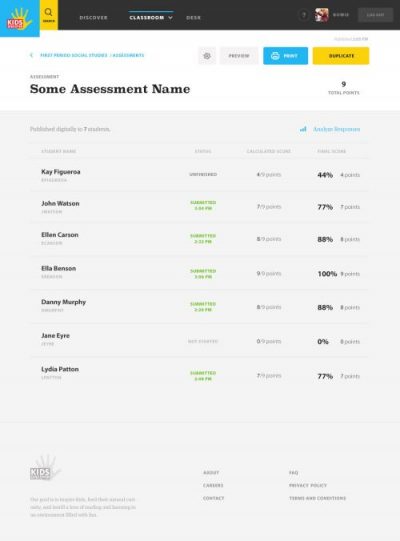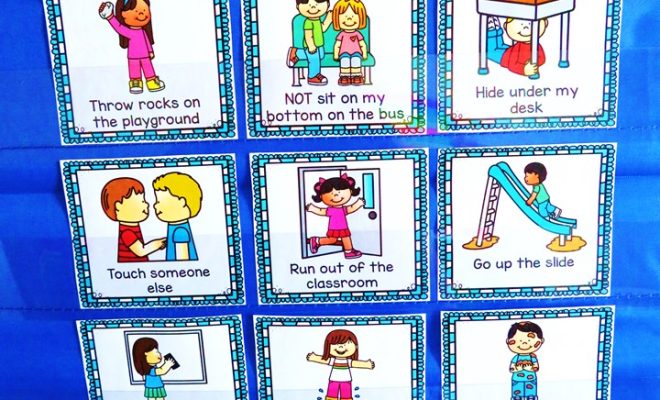Building the Individual: Draws and Drawbacks of Student-Centered Curricula
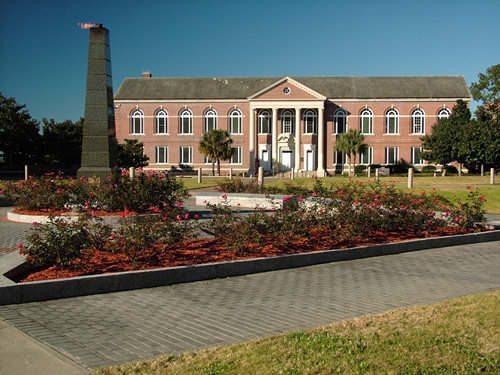
Should schools design classes to match the kids, or help build kids ready to take on any kind of class? What’s really the best way to learn? The question of subject-centered vs. student-centered curriculum is anything but answered, but when it comes to designing your own lessons, knowing the pros and cons of either structure can help you make the most of one side, or combine the best of both worlds, as you see fit.
The main quality of a student-centered curriculum is that it is a nonauthoritative, participation-focused model. In this curriculum structure, students have opportunities and increased responsibility to identify their own learning needs: to find, choose, and incorporate resources, and to construct their own knowledge based on their needs and interests. The student-centered curriculum encourages students to find their own passions and paths in education and follow them, resulting in students’ gaining their own individual structures of knowledge rather than simply being carriers of a standard, identical knowledge base imparted to all students. Students are not encouraged to just memorize information, but are led to work with and use the information they are given, both individually and with other members of the class.
Speaking practically, this type of constructivist curriculum structure lends itself heavily to activities that require students to engage in investigation and freedom of expression. Some examples of these activities include open debates, writing of newspaper articles, field trips, student-chosen projects, presentations, and written reflections on learning. These types of activities centralize learners and give them choices, fostering interest and passion in the subject. The activities are thought to help battle problems with learners who have short attention spans. Research also shows that creating connections between students’ identity and their learning fosters long-term retention of information, lifelong learning, and development of important skills.
One type of student-centered curriculum is referred to as the core curriculum. This is centered on the learner but remains segmented into several subject-centered characteristics. Typically, it combines subjects into very broad fields of study: for example, combining social studies, geography, language, and arts into one “field” of study, and mathematics, physics, and chemistry into another. This structure aims to never lose sight of the learner’s overall development, always emphasizing the objective of students achieving “life skills.” This pattern of organization is most frequently found in middle and junior schools and less frequently in high schools.
More common in high school is another type of student-centered curriculum, referred to as the activity-centered curriculum. Activity-centered curricula focus on the needs and interests of the individual student. Learning occurs through questioning and problem solving. Detailed lessons often are not planned, because the teacher can’t anticipate what student interests will surface or where students’ inquiries will lead the class. This model may still mean that subjects are segmented, although it implies more student–teacher and student–student discussion than subject-centered curricula, and it involves more flexibility and freedom.
The subject-centered and student-centered curriculum patterns represent two opposite ends of a curriculum continuum. As research on learning has developed and as educators have seen disadvantages in each model, the structures have evolved into variations of the main structures, whether subject-centered or student-centered. These variations have helped to bridge the two extremes, to fill in gaps and enrich the learning experience as a whole.
So, what do you think? Does student-centered curriculum sound like an approach that would work well in your classroom, with your pupils? If you’re still undecided, read on in our other articles discussing what you need to know about the basics of curriculum, and what subject-centered curricula have to offer.

